Farhad Mehdifar
2-D Directed Formation Control Based on Bipolar Coordinates
Aug 02, 2021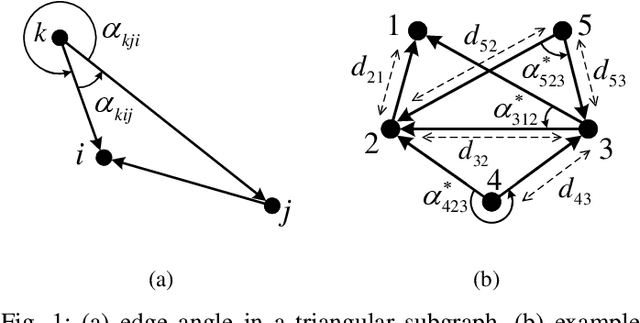
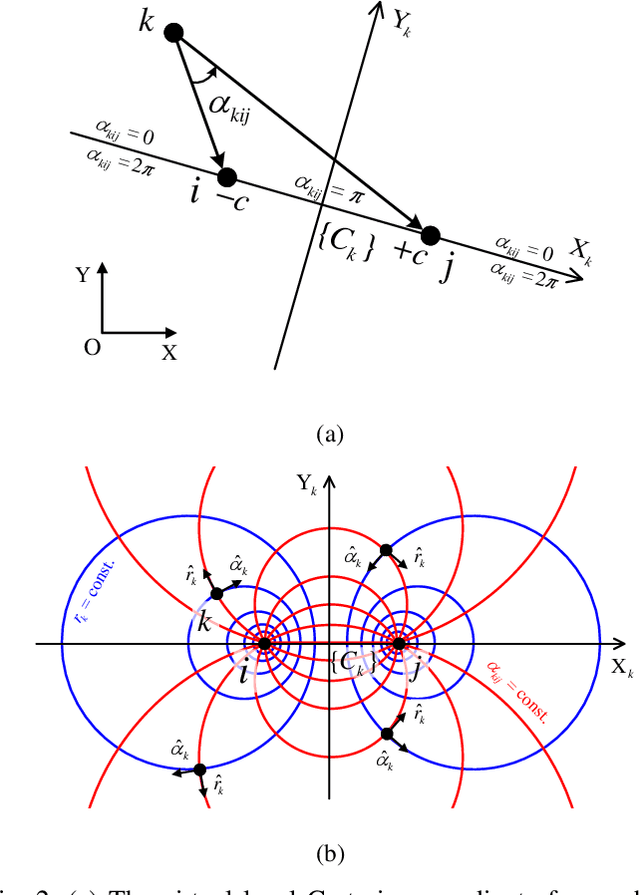
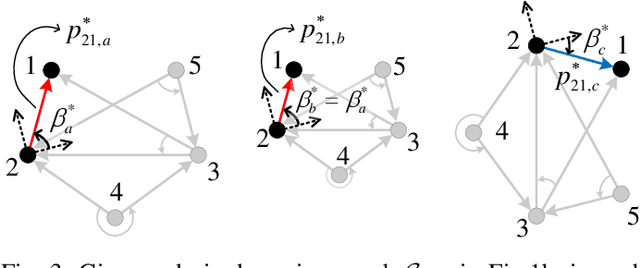

Abstract:This work proposes a novel 2-D formation control scheme for acyclic triangulated directed graphs (a class of minimally acyclic persistent graphs) based on bipolar coordinates with (almost) global convergence to the desired shape. Prescribed performance control is employed to devise a decentralized control law that avoids singularities and introduces robustness against external disturbances while ensuring predefined transient and steady-state performance for the closed-loop system. Furthermore, it is shown that the proposed formation control scheme can handle formation maneuvering, scaling, and orientation specifications simultaneously. Additionally, the proposed control law is implementable in the agents' arbitrarily oriented local coordinate frames using only low-cost onboard vision sensors, which are favorable for practical applications. Finally, various simulation studies clarify and verify the proposed approach.
Prescribed Performance Distance-Based Formation Control of Multi-Agent Systems (Extended Version)
Nov 17, 2019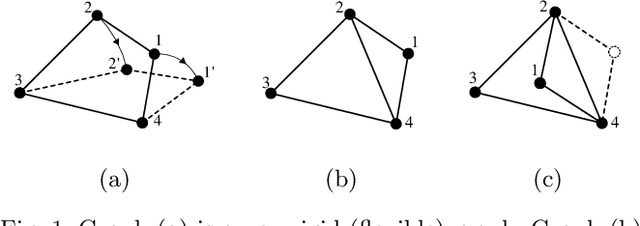
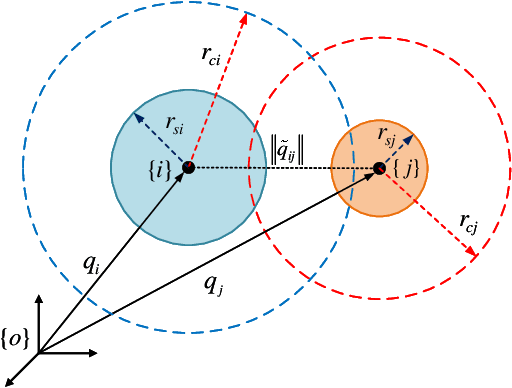
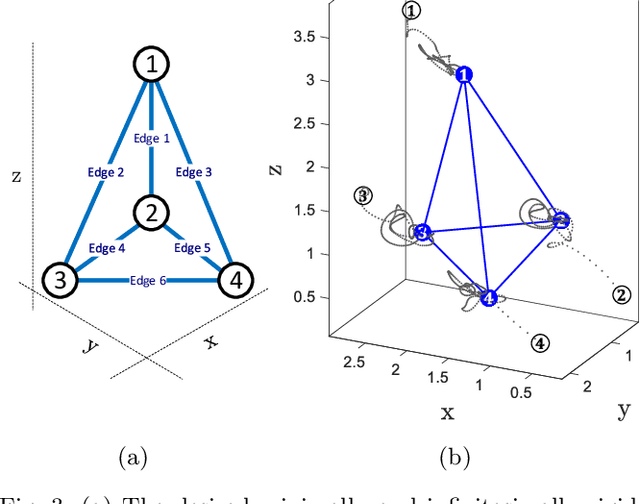

Abstract:This paper presents a novel control protocol for robust distance-based formation control with prescribed performance in which agents are subjected to unknown external disturbances. Connectivity maintenance and collision avoidance among neighboring agents are also handled by the appropriate design of certain performance bounds that constrain the inter-agent distance errors. As an extension to the proposed scheme, distance-based formation centroid maneuvering is also studied for disturbance-free agents, in which the formation centroid tracks a desired time-varying velocity. The proposed control laws are decentralized, in the sense that each agent employs local relative information regarding its neighbors to calculate its control signal. Therefore, the control scheme is implementable on the agents' local coordinate frames. Using rigid graph theory, input-to-state stability, and Lyapunov based analysis, the results are established for minimally and infinitesimally rigid formations in 2-D or 3-D space. Furthermore, it is argued that the proposed approach increases formation robustness against shape distortions and can prevent formation convergence to incorrect shapes, which is likely to happen in conventional distance-based formation control methods. Finally, extensive simulation studies clarify and verify the proposed approach.
 Add to Chrome
Add to Chrome Add to Firefox
Add to Firefox Add to Edge
Add to Edge